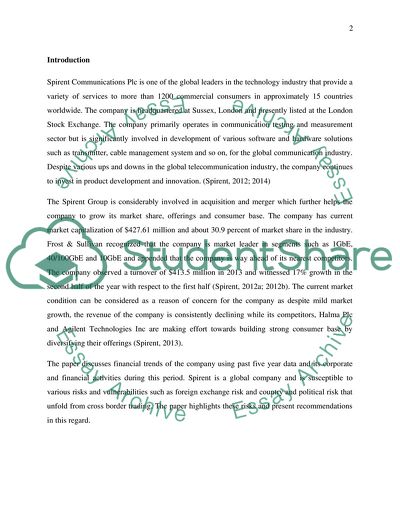Cite this document
(“Spirent Communications Plc Essay Example | Topics and Well Written Essays - 2750 words”, n.d.)
Spirent Communications Plc Essay Example | Topics and Well Written Essays - 2750 words. Retrieved from https://studentshare.org/finance-accounting/1665078-spirent-communications-plc
Spirent Communications Plc Essay Example | Topics and Well Written Essays - 2750 words. Retrieved from https://studentshare.org/finance-accounting/1665078-spirent-communications-plc
(Spirent Communications Plc Essay Example | Topics and Well Written Essays - 2750 Words)
Spirent Communications Plc Essay Example | Topics and Well Written Essays - 2750 Words. https://studentshare.org/finance-accounting/1665078-spirent-communications-plc.
Spirent Communications Plc Essay Example | Topics and Well Written Essays - 2750 Words. https://studentshare.org/finance-accounting/1665078-spirent-communications-plc.
“Spirent Communications Plc Essay Example | Topics and Well Written Essays - 2750 Words”, n.d. https://studentshare.org/finance-accounting/1665078-spirent-communications-plc.


